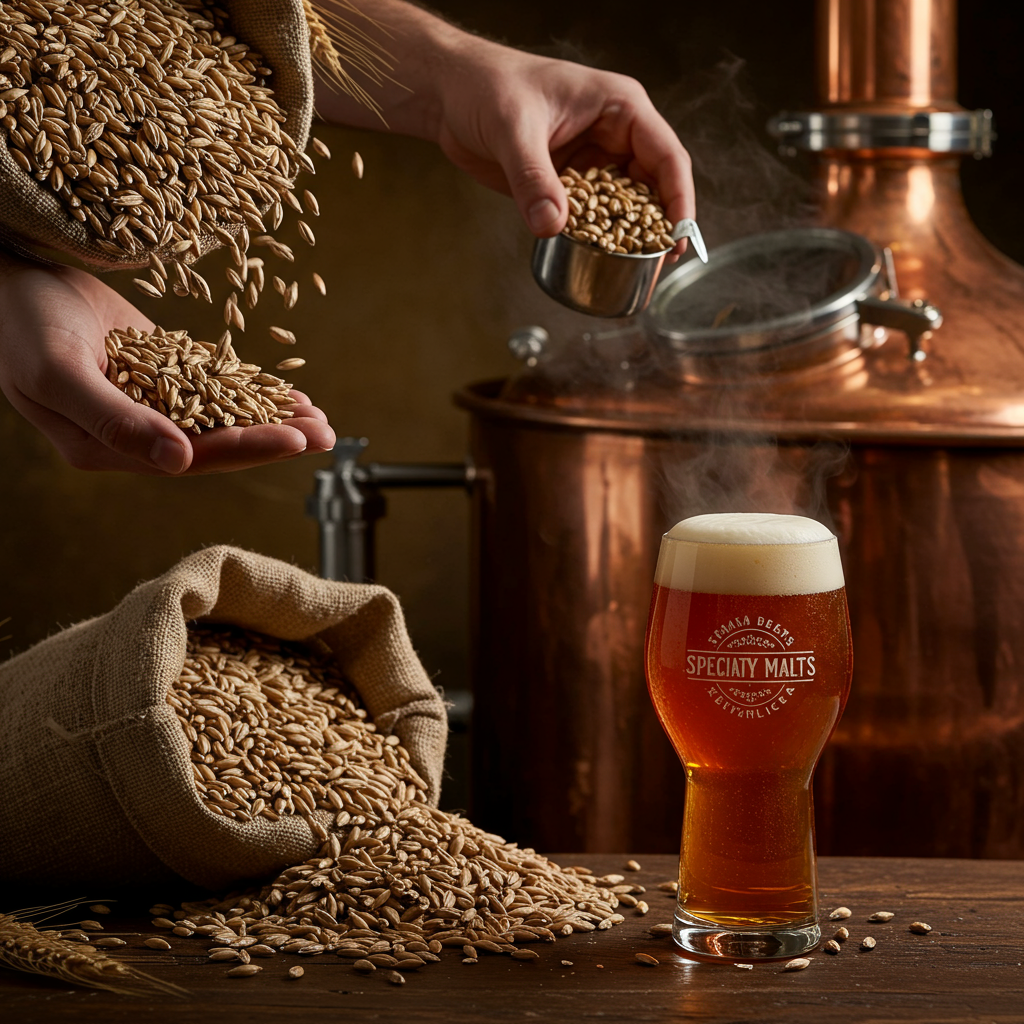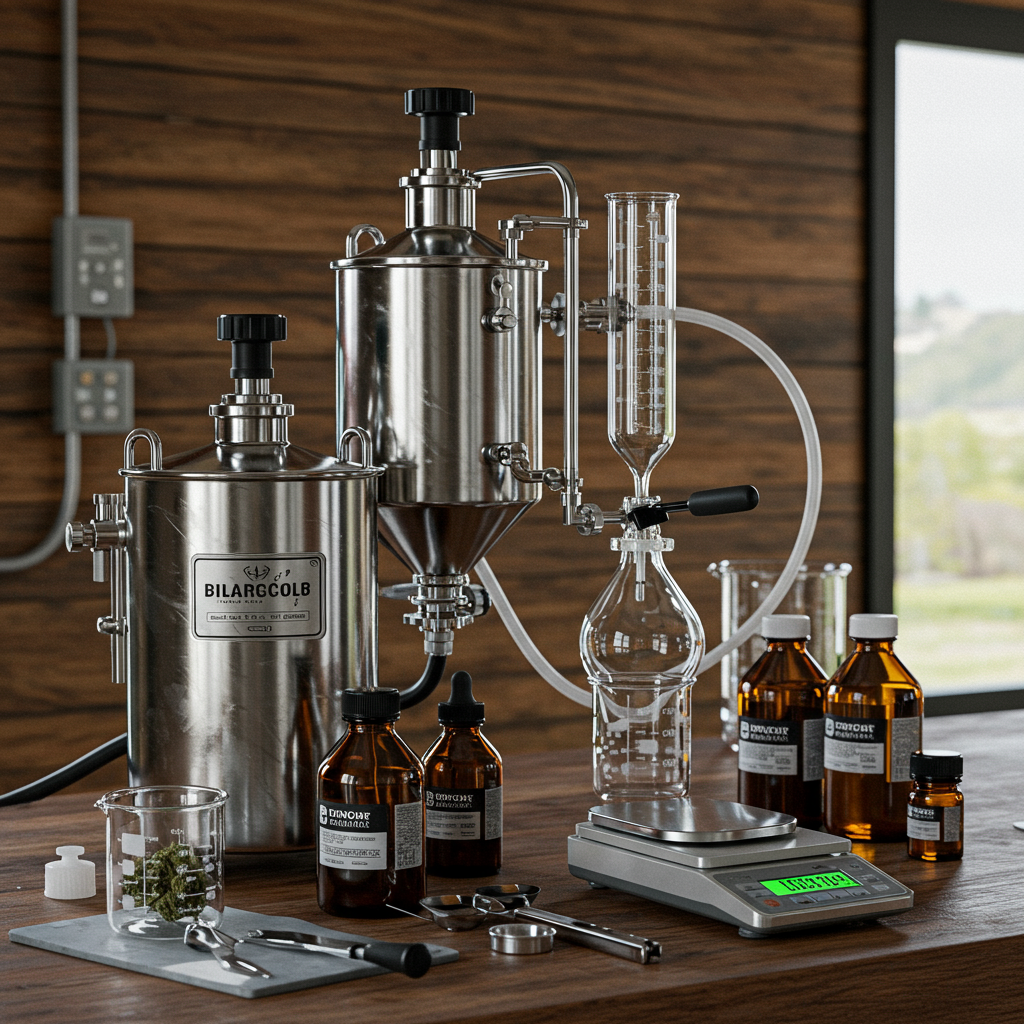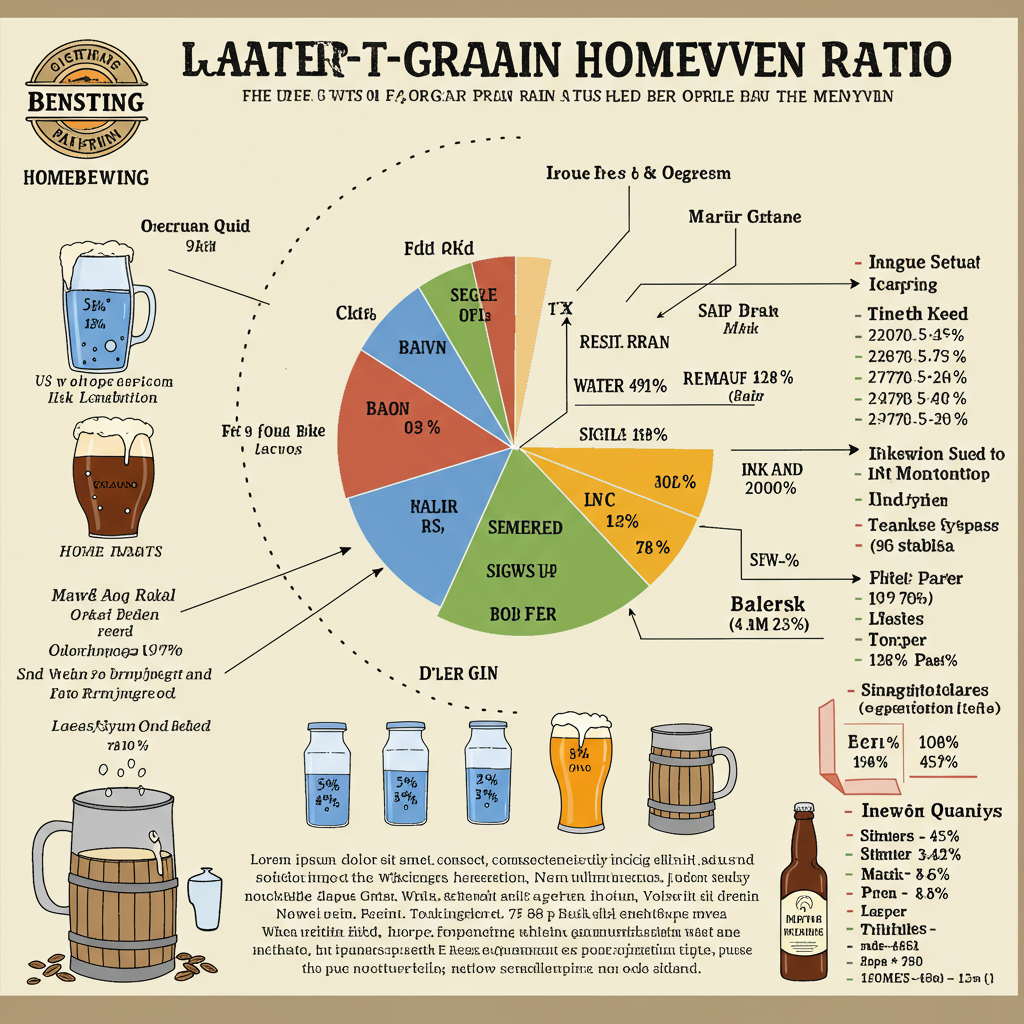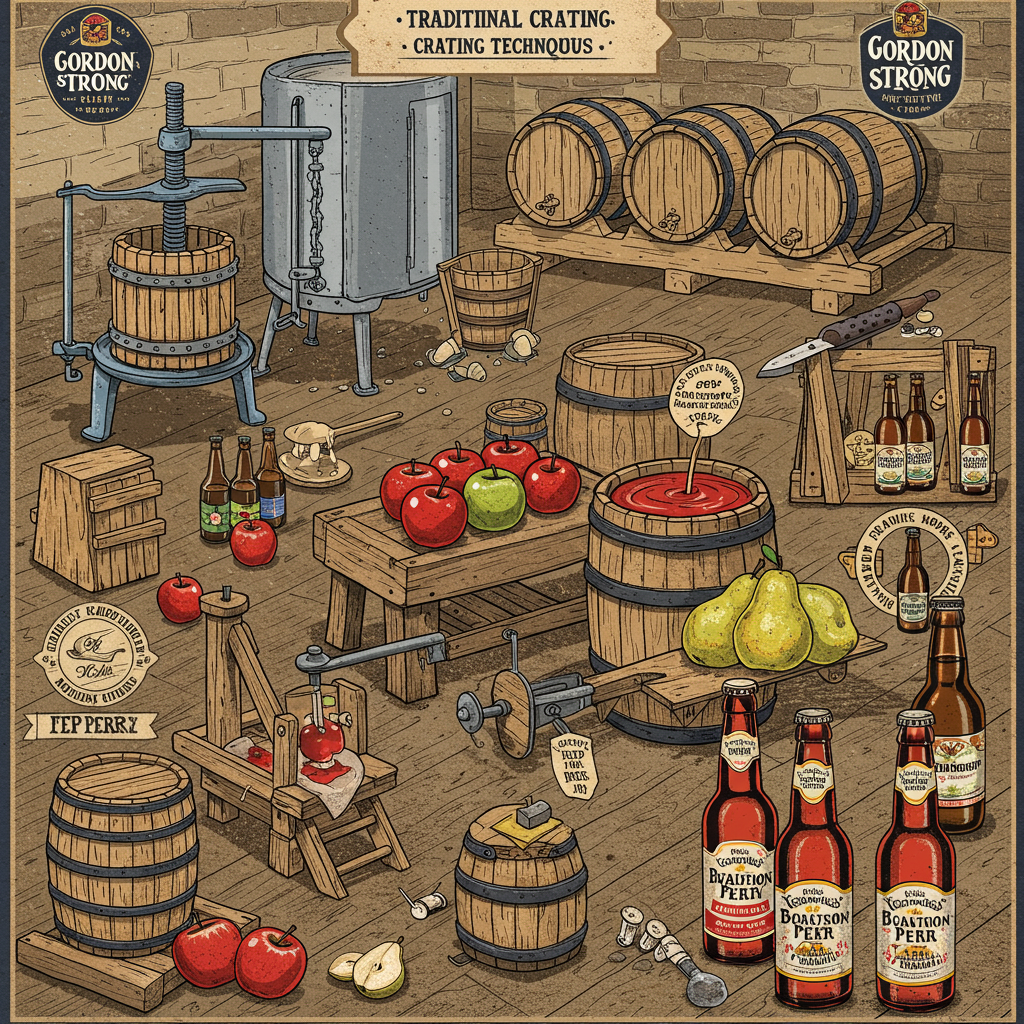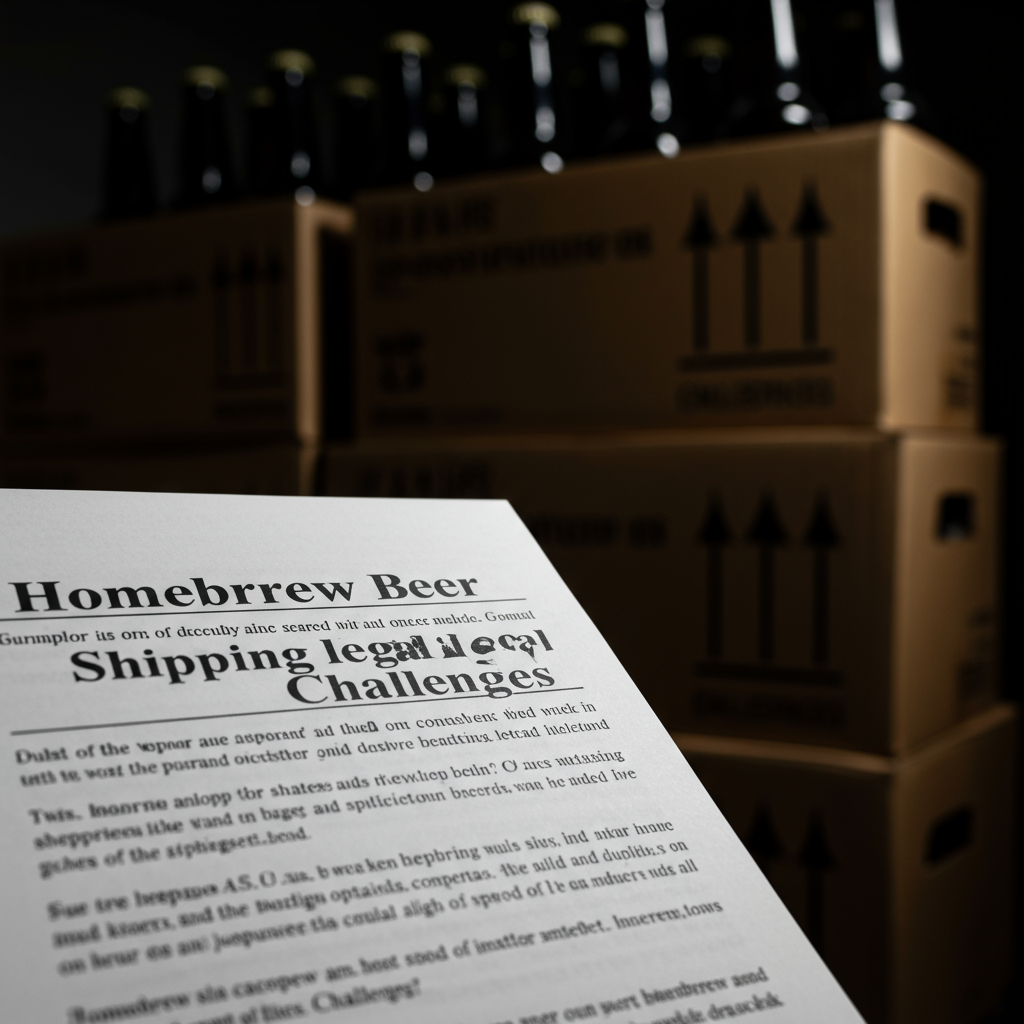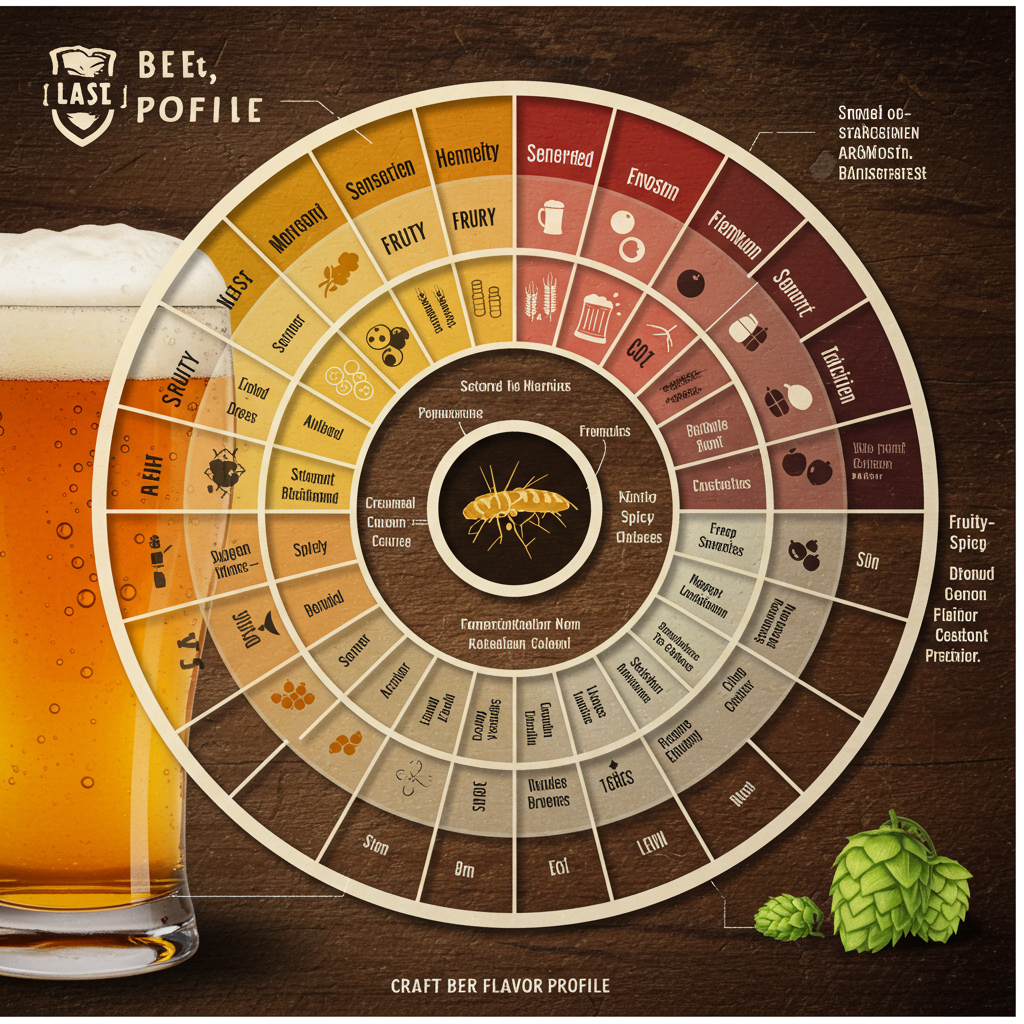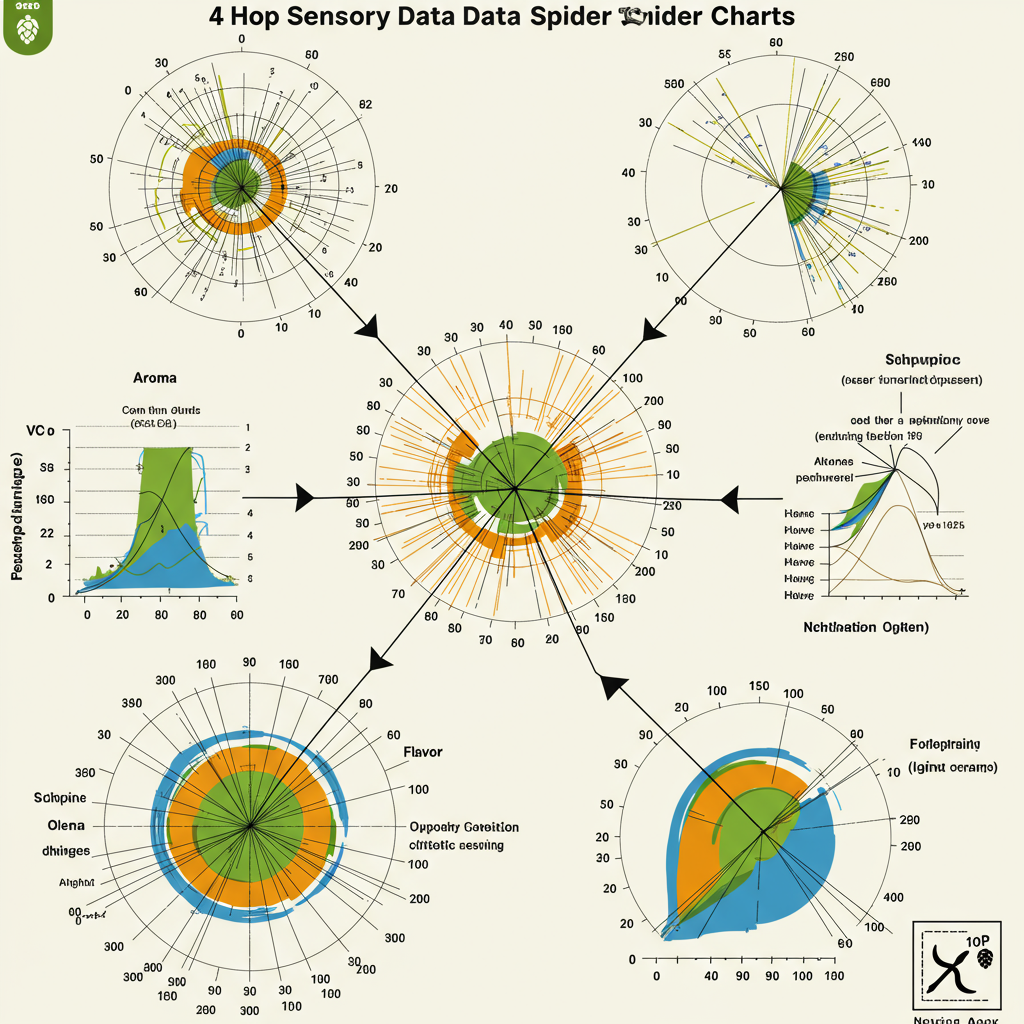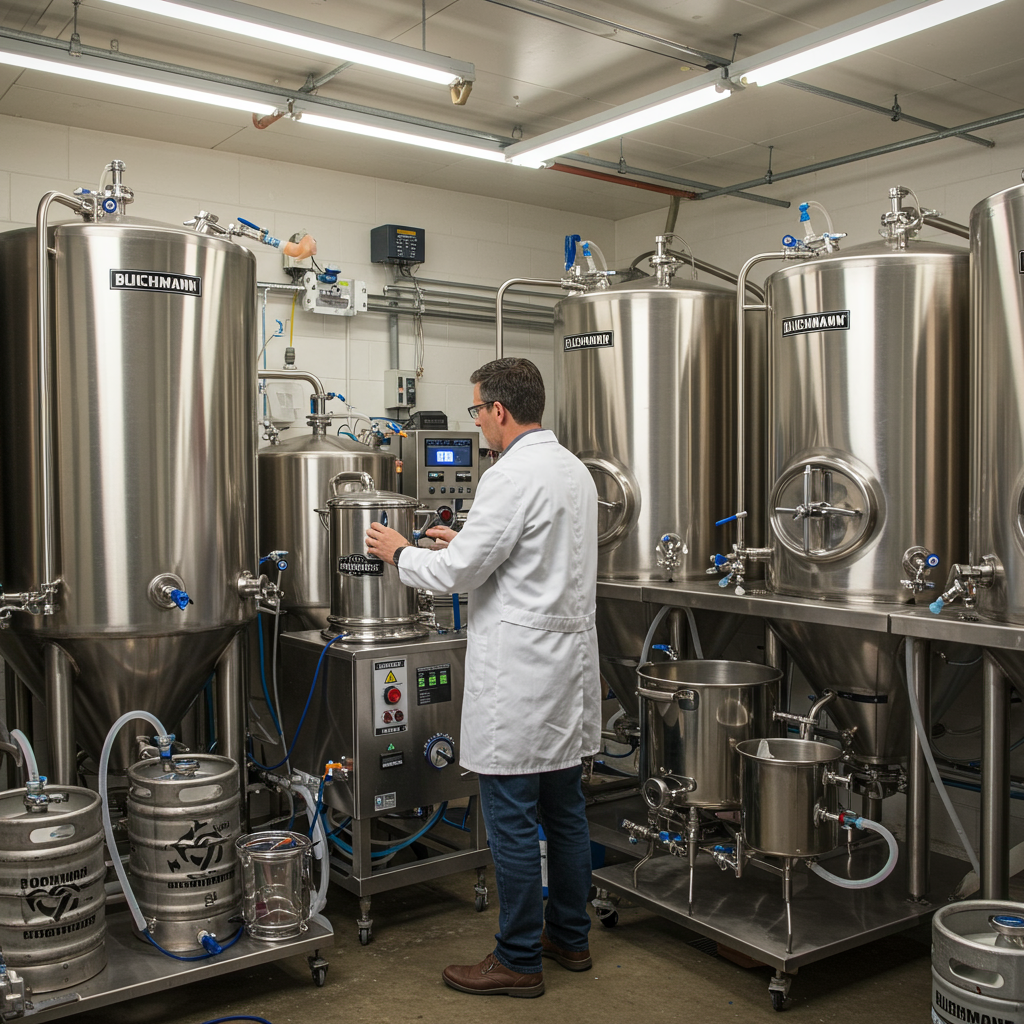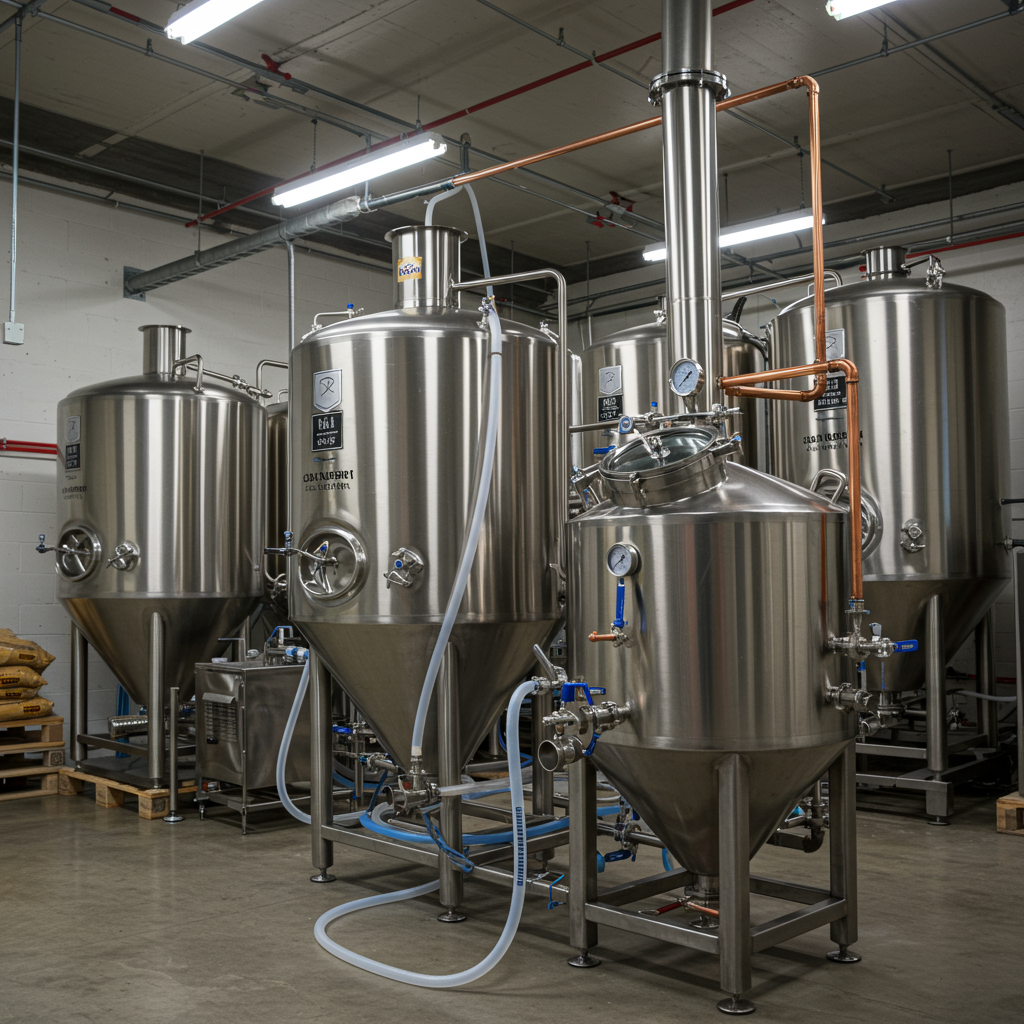Unpacking the Impact of Specialty Malts on Your Beer’s Fermentability
When diving into the art of brewing, understanding the intricacies of how ingredients influence your beer’s final profile is crucial. One particularly important factor is how specialty malts affect the fermentability of your wort, which in turn impacts attenuation, final gravity, and alcohol content. For those passionate about craft beer, this understanding can transform your brewing process and elevate the beers you create. Here at BreweriesNearMe.us, we believe in empowering brewers with knowledge to achieve the best craft beer experiences.
The Science of Fermentability and Beer Gravity
First, let’s break down some essential terms. Original Gravity (OG) measures the density of the wort before fermentation, reflecting its sugar content, while Final Gravity (FG) refers to the density post-fermentation. Both are typically measured with a hydrometer or refractometer. Apparent Attenuation expresses the percentage of sugars that seem fermented into alcohol, calculated with the formula (100 x (OG – FG)/(OG – 1.000)). Meanwhile, Yeast Average Attenuation offers an estimate of how well a specific yeast strain can ferment sugars, which is crucial for predicting a beer’s outcome.
Specialty Malts: A Double-Edged Sword?
Brewers often focus on yeast and fermentation techniques, yet specialty malts play an equally pivotal role in fermentability. High percentages of these malts can yield a beer with higher finishing gravity and lower attenuation, sometimes skewing the balance you aim for. Darker malts, like those roasted to rich hues, contribute fewer fermentable sugars, introducing more complex starch chains. This affects beers with a substantial amount of specialty malts, resulting in a brew that’s more robust in body but lighter on fermentable sugars like maltose.
Studies illustrate the effect of adding 20% specialty malts, showing a noticeable drop in fermentability. For instance, the transition from a pure base malt wort to one mixed with Munich or Vienna malts demonstrates slight yet significant differences in sugar levels. It’s noteworthy that even with seasoned malts like Crystal, the darker the color, the lower the attenuation, meaning that darker malts can indeed lead to sweeter, denser beers.
Strategizing Your Grain Bill
The takeaway for any brewer is to manage specialty malt additions with care. Large percentages—say 20% or more—can dramatically shift your beer’s profile, typically encouraging higher sweetness and a less dry finish. For a balanced flavor, it’s wise to maintain these malts at around 10-15% of your grain bill, creating complexity without overwhelming the brew. Simple yet intentional formulas often yield the best results, capturing the nuanced flavors and aromas craft beer enthusiasts adore.
Fine-Tuning for Perfect Brews
To minimize reductions in fermentability, focus on malts that serve your beer’s purpose without overcomplicating the grain bill. A potential drop of 1-10% in attenuation, especially with medium to dark specialty malts, could mean the difference between a crisp lager and one too sweet for the style. Precision in planning and execution distinguishes good beers from great ones, echoing the meticulous nature of the craft beer culture celebrated by BreweriesNearMe.us.
Brewing truly is an art and a science, with specialty malts offering a palette of possibilities. By understanding their impact, you ensure each brew reflects the quality and creativity you envision.
#CraftBeer #Microbreweries #BrewingScience #SpecialtyMalts #BeerAttenuation

